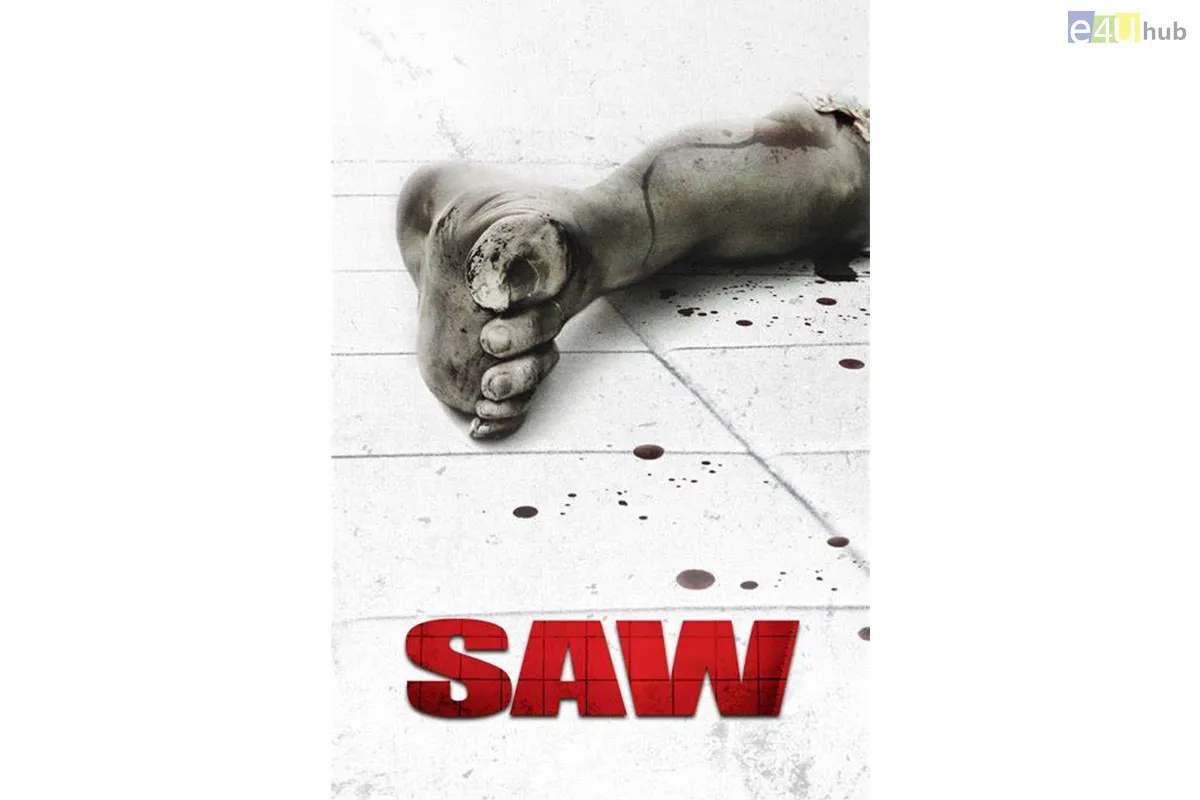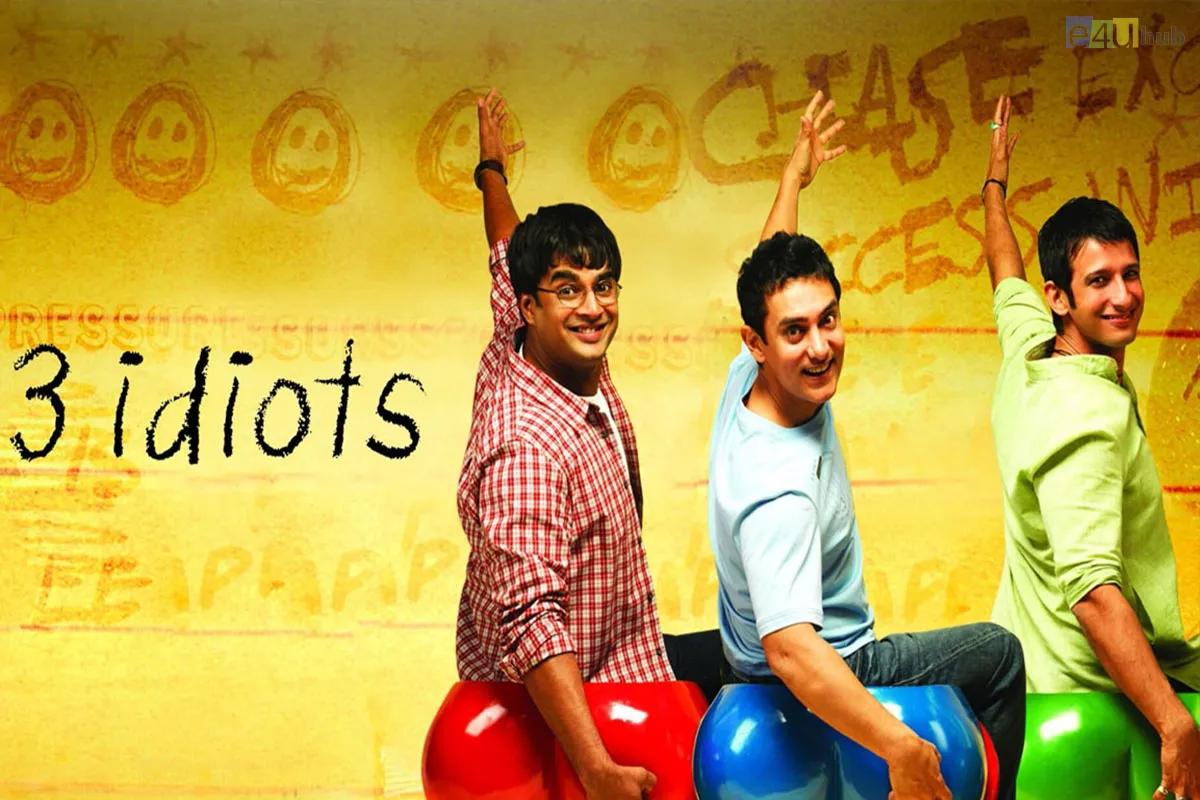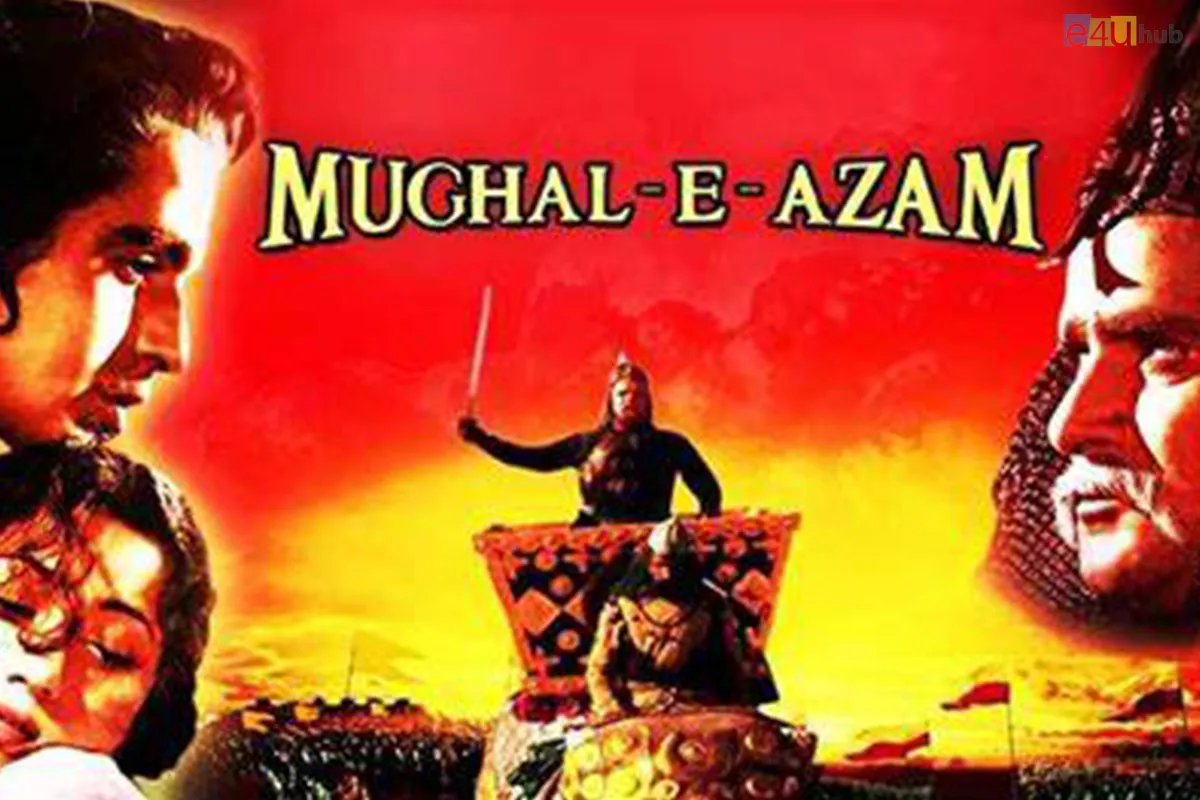
A Deep Dive into "Saw": A Movie Review
- 14 Jun, 2024
- Entertainment
- 845 Views
- 0 Comments
Released in 2004, "Saw" has since become a cornerstone of the horror genre, spawning a franchise that includes numerous sequels, spin-offs, and a dedicated fan base. Directed by James Wan and written by Leigh Whannell, "Saw" is a psychological thriller that combines elements of horror, mystery, and suspense. It challenges viewers with its intricate plot, morally ambiguous characters, and visceral depiction of fear. As we revisit this iconic film, we’ll explore what made "Saw" a standout in the genre and how it continues to influence horror cinema today.
Plot Summary
"Saw" opens with two men, Adam (Leigh Whannell) and Dr. Lawrence Gordon (Cary Elwes), waking up in a dilapidated bathroom, chained to opposite ends of the room. Neither knows how they got there, but they soon discover they are pawns in a deadly game orchestrated by the mysterious Jigsaw Killer. Their captor presents them with a series of gruesome choices, forcing them to confront their past sins and make harrowing decisions to survive.
As the plot unfolds, we learn that Jigsaw (Tobin Bell) is not a typical killer. Instead of directly murdering his victims, he places them in elaborate traps, offering them a chance at redemption if they can survive his twisted games. The narrative weaves between the present predicament of Adam and Lawrence and flashbacks that provide context for their situation, gradually revealing the connections between the characters and the true nature of Jigsaw’s motives.
Characters and Performances
Cary Elwes as Dr. Lawrence Gordon delivers a compelling performance as a man desperate to save his family. His portrayal captures the escalating terror and moral dilemmas faced by his character, making the audience empathize with his plight. Leigh Whannell as Adam brings a raw, everyman quality to his role, enhancing the relatability of his character’s fear and confusion.
However, it is Tobin Bell’s Jigsaw who steals the show. His calm, almost philosophical approach to his character’s deadly games adds a layer of complexity and intrigue. Jigsaw’s belief that he is offering his victims a chance to appreciate life is both chilling and thought-provoking, raising questions about morality and justice.
Direction and Cinematography
James Wan’s direction in "Saw" is masterful, creating a claustrophobic and tense atmosphere that keeps viewers on the edge of their seats. The use of tight, confined spaces enhances the sense of entrapment and desperation experienced by the characters. The film’s gritty aesthetic, combined with Darren Lynn Bousman’s sharp cinematography, adds to the overall feeling of unease.
The editing, particularly in the film’s iconic montage sequences, is frenetic and disorienting, reflecting the chaotic mental states of the characters. These sequences, often accompanied by Charlie Clouser’s haunting score, have become a hallmark of the franchise.
Themes and Analysis
At its core, "Saw" explores themes of survival, morality, and the human capacity for self-preservation. The film poses difficult questions about what individuals are willing to do to survive and whether people can truly change when faced with life-and-death situations. Jigsaw’s traps are not just physical challenges but psychological ones, forcing characters to confront their inner demons and the consequences of their actions.
The moral ambiguity of Jigsaw’s philosophy—that his victims are given a chance to atone for their sins—adds depth to the narrative. It challenges viewers to consider whether his methods, though brutal, have a twisted sense of justice.
Impact and Legacy
"Saw" had a significant impact on the horror genre, revitalizing the concept of the psychological thriller with its inventive storytelling and complex moral dilemmas. The film’s success led to a franchise that delved deeper into Jigsaw’s backstory and expanded on the themes introduced in the original. It also inspired a wave of similar films that sought to replicate its blend of horror and psychological intrigue.
Conclusion
"Saw" remains a powerful entry in the horror genre, notable for its innovative plot, compelling performances, and thought-provoking themes. Its influence is still felt in modern horror cinema, and its legacy continues to be explored through its sequels and adaptations. For fans of psychological thrillers and horror, "Saw" offers a gripping, unsettling experience that challenges the mind as much as it shocks the senses. Whether you’re a longtime fan or a newcomer to the series, revisiting "Saw" is a reminder of the enduring power of a well-crafted horror film.















Leave a Reply